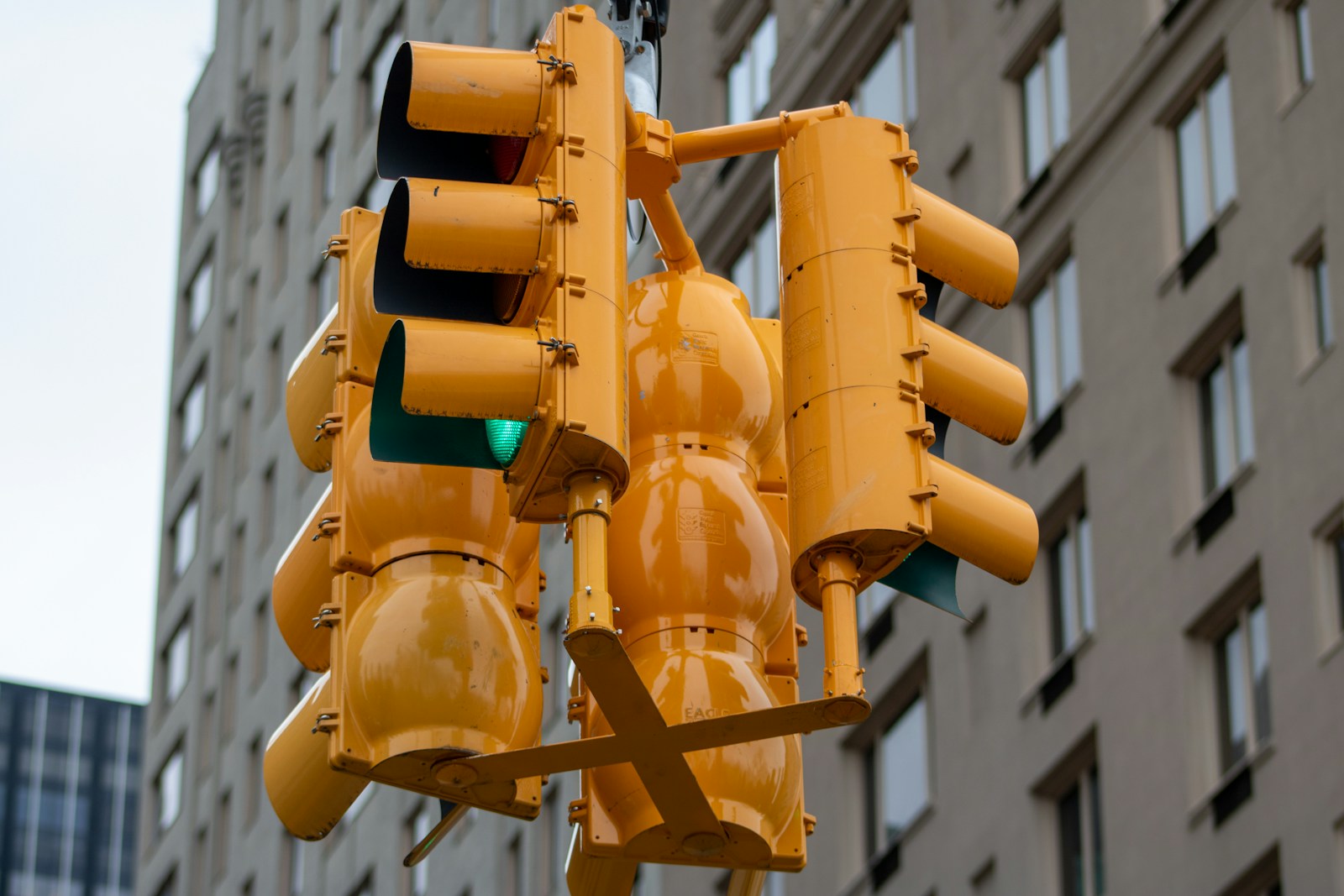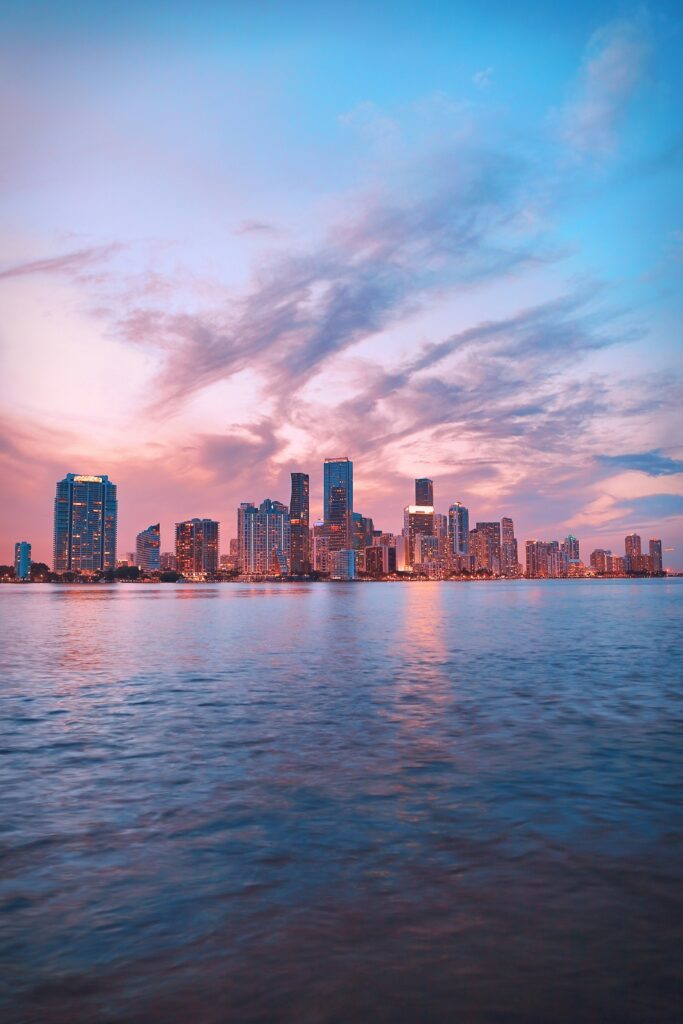Now Reading: The Role Of Temporary Traffic Signals In Preventing Driver Confusion
-
01
The Role Of Temporary Traffic Signals In Preventing Driver Confusion

The Role Of Temporary Traffic Signals In Preventing Driver Confusion
Navigating construction zones and detours can be stressful for any driver. Temporary traffic signals help bring order to these chaotic situations. If confusion leads to an accident, legal help from Goldblatt + Singer may be necessary.
What Are Temporary Traffic Signals?
Temporary traffic signals are portable lights used to control vehicle flow in construction areas or during road closures. They are set up when permanent signals are unavailable or ineffective. These devices are crucial for maintaining safe traffic patterns in temporary situations.
You’ll often see them near one-lane bridges, resurfacing projects, or after major collisions. They act just like permanent lights, with red, yellow, and green indicators. Their presence helps direct vehicles safely and clearly through unusual or changing traffic patterns.
Unlike human flaggers, these automated signals reduce human error. They work on timers or sensors, which helps maintain consistency. That reliability is critical when drivers are already feeling uncertain or rushed.
Why Driver Confusion Happens
Confusion often arises when drivers face unexpected changes to familiar routes. Detours, lane shifts, or missing signage can quickly create uncertainty. In these moments, quick decisions can lead to poor outcomes.
Construction zones, in particular, often lack clear lines and signs. Without guidance, drivers might not know who has the right of way. This uncertainty increases the risk of collisions or near-misses.
Nighttime and bad weather can exacerbate the situation. When visibility is limited, temporary signals can be a clear and reassuring guide. Their bright lights and familiar patterns help keep everyone on track.
How Temporary Signals Improve Safety
Temporary signals eliminate guesswork for drivers. By mimicking standard traffic lights, they tell drivers exactly when to stop or go. This removes the need for assumptions or sudden choices.
In single-lane work zones, these signals help manage alternating traffic from opposite directions. Without them, drivers may try to rush through and cause head-on collisions. Signals keep everyone moving in an organized, safe sequence.
They also reduce the need for human flaggers, who face risk by standing in traffic. With signals in place, workers stay safer, and traffic continues more smoothly. This also reduces stress for drivers who may not be sure how to interact with flaggers.
When Temporary Signals Are Most Useful
Temporary signals are especially important during long-term road projects. When construction lasts for weeks or months, permanent signs are often impractical. Signals offer a flexible and effective way to manage traffic during this time.
They’re also valuable after natural disasters or accidents that damage normal infrastructure. In these cases, the quick setup of temporary signals can restore traffic flow. This helps emergency vehicles and repair crews work more efficiently.
Busy urban areas also benefit from these tools. When detours pass through neighborhoods or side streets, temporary signals prevent backups and confusion. They keep traffic flowing in places not built for high volume.
Common Problems Without Temporary Signals
Without temporary traffic lights, many drivers rely on instinct or assumptions to navigate the road. This often leads to hesitation or aggressive driving. Either reaction can result in crashes or unsafe interactions.
Conflicting signs or unclear lane markings exacerbate the problem. A driver might enter an intersection assuming they have the right of way, only to meet another vehicle doing the same. This type of miscommunication is common in poorly managed zones.
Pedestrians and cyclists are also at greater risk when signals are missing. They may not be noticed in time by drivers focused on navigating unfamiliar layouts. A clear signal system helps everyone, not just those behind the wheel.
Legal Responsibility In Confusing Zones
If a crash occurs in a temporary traffic zone, questions of responsibility often arise. Was the signage adequate? Were signals installed and working correctly? These are key factors in determining fault.
Contractors and municipalities must ensure traffic control measures meet safety standards. When they fail to do so, they may be held liable for any resulting accidents. Temporary signals are a proven method for reducing such risks. If you’ve been involved in a collision where confusion played a role, legal guidance is essential.
Conclusion
Temporary traffic signals play a crucial role in ensuring driver safety during road construction and maintenance. They provide structure, reduce confusion, and prevent avoidable collisions. Even when accidents still occur, Goldblatt + Singer can help protect your rights and seek fair compensation.










